Balance between food and the human body
In order to ensure the harmony of yin and yang in food, Vietnamese people distinguish 5 levels of yin and yang in food according to the Five Elements, including: cold (cold, more yin, water element), hot (hot, more yang, fire element), warm (warm, less yang, wood element), cool (cool, less yin, metal element) and neutral (neutral, earth element). The combination of yin and yang principles with the diversity of natural ingredients has created nutritious and sophisticated dishes in East Asian cuisine in general and Vietnamese cuisine in particular.
There is a saying, "The chicken clucks lemon leaves/The pig grunts to buy me onions/The dog cries standing and sitting, grandma go to the market to buy me some rice."
The combination of spices by Vietnamese people for generations has also followed the law of yin and yang compensation and transformation, combining the main and secondary ingredients in the dish to have a balance of yin and yang, water and fire, ensuring that the food is not only delicious but also beneficial for health. For example, Vietnamese coriander is Heat - Yang, eaten with balut eggs is Cold - Yin, both delicious and easy to digest, or ginger and lemongrass are Heat - Yang, have the effect of relieving colds, warming the body, often used to prepare with cold foods such as fish, snails, ... to balance the yin and yang in food.

Snails have a cold nature and are often cooked with ginger and lemongrass, which have a hot nature, creating a delicious dish and helping to balance the yin and yang in the dish.
In addition, foods are also used as “medicine” to help balance the body when it is too “yin” or too “yang”. People with colds (yin) should eat warm foods such as perilla porridge, ginger tea (highly yang) or people with heatstroke (yang) should eat onion porridge (highly yin).
Balance between humans and the external environment
Ensuring the balance of Yin and Yang between humans and the environment is reflected in the eating habits of Vietnamese people according to the climate and season. For example, in the summer (hot, Fire element), Vietnamese people often eat foods with a cold or cool nature to cool down, easy to digest, easy to eat. Or in the winter, fatty, yang, spicy, hot foods are often chosen to help warm the body.
In eating, Vietnamese people have long believed in the concept of "seasonal food" - that is, choosing the right state of food in season, at the right time to be the most delicious, rich in nutrients as well as choosing the right weather to enjoy, in order to balance the state between the inside of the body and the outside environment. This eating habit has formed typical dishes according to each season, each stage of the year of Vietnamese cuisine, especially the cuisine of Hanoi people with all 4 seasons of the year.
For example, Hanoi's spring brings the unforgettable sweet taste of bun thang, while summer here brings the freshness of dishes made from sour plums, autumn is characterized by the aroma of green rice flakes, lotus tea, or Hanoians often slurp hot bowls of banh duc and sweet cassava when winter comes.

Seasonal eating patterns create dishes that are specific to each period of the year.
However, with today's turbulent lifestyle, along with the introduction of many types of "fast" food from the West, the lifestyle and eating habits of Vietnamese people have changed negatively, causing many potential dangers affecting health. The spread of the Yin-Yang theory in the way Vietnamese people choose and prepare food not only helps improve health, but also helps prolong our lives.
Source: https://giadinh.suckhoedoisong.vn/con-ga-cuc-tac-la-chanh-hay-cach-an-uong-can-bang-am-duong-ngu-hanh-cua-ong-ba-ta-de-khoe-manh-song-lau-tram-tuoi-172251103160823545.htm





![[Photo] Opening of the 14th Conference of the 13th Party Central Committee](https://vphoto.vietnam.vn/thumb/1200x675/vietnam/resource/IMAGE/2025/11/05/1762310995216_a5-bnd-5742-5255-jpg.webp)



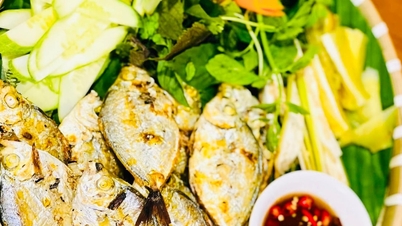




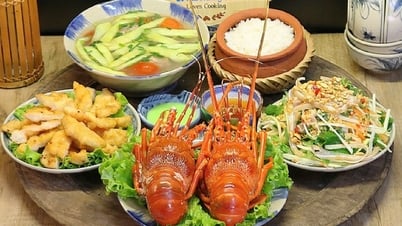
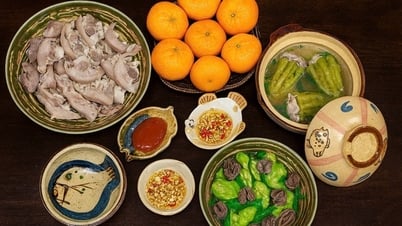
















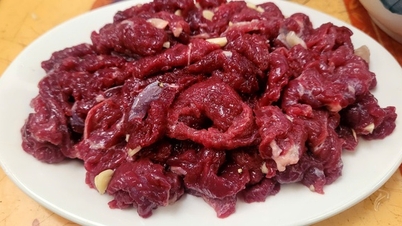


![[Photo] Panorama of the Patriotic Emulation Congress of Nhan Dan Newspaper for the period 2025-2030](https://vphoto.vietnam.vn/thumb/1200x675/vietnam/resource/IMAGE/2025/11/04/1762252775462_ndo_br_dhthiduayeuncbaond-6125-jpg.webp)




































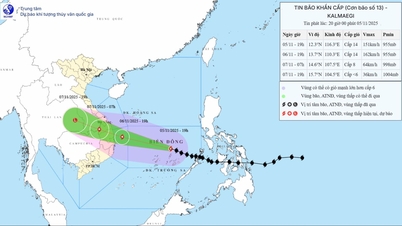




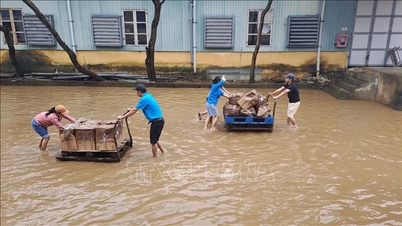





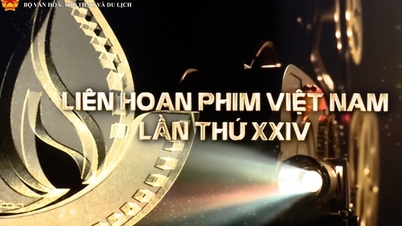




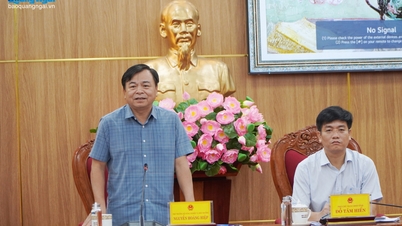


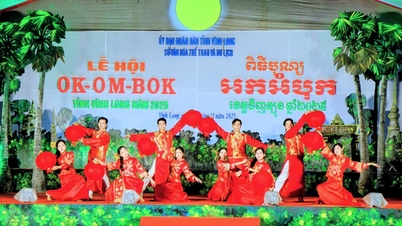


















Comment (0)